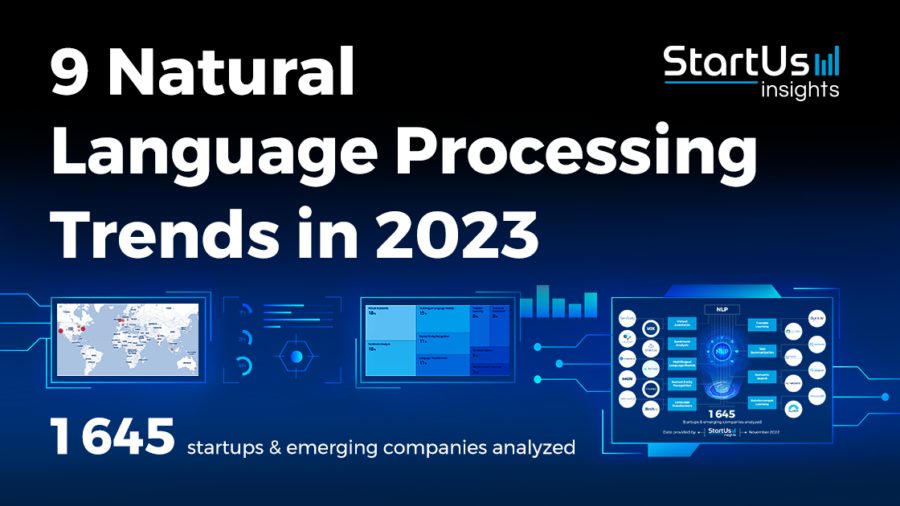
AI’s Latest Leap: Advancements in Natural Language Processing (NLP)AI’s Latest Leap: Advancements in Natural Language Processing (NLP) Artificial intelligence (AI) has made significant strides in recent years, and one area that has seen particularly rapid development is Natural Language Processing (NLP). NLP is a subfield of AI that deals with the interaction between computers and human (natural) languages, enabling machines to understand, interpret, and generate human language. Recent Advancements in NLP Recent advancements in NLP have been driven by several factors, including: * Increased availability of text data: The proliferation of social media, news articles, and other written content has provided a vast amount of training data for NLP models. * Improved computational power: The advent of high-performance computing has enabled the training of more complex and powerful NLP models. * Advancements in deep learning: Deep learning algorithms have proven highly effective in NLP tasks, allowing models to learn representations of language that capture its meaning and context. Applications of NLP NLP has found numerous applications in various industries, including: * Sentiment analysis: NLP models can analyze text to determine the sentiment expressed, such as positive, negative, or neutral. * Machine translation: NLP enables computers to translate text from one language to another, overcoming language barriers and improving communication. * Text summarization: NLP models can condense large amounts of text into concise summaries, providing users with the key points quickly and efficiently. * Chatbots: NLP powers chatbots that can engage in natural language conversations with humans, providing customer support, answering questions, and performing various tasks. * Language modeling: NLP models can generate synthetic text that is indistinguishable from human-written content, supporting applications such as story writing and email composition. Impact of NLP Advancements The advancements in NLP have had a profound impact on various aspects of human-computer interaction: * Enhanced communication: NLP technologies facilitate more natural and intuitive communication between humans and machines. * Improved accessibility: NLP tools make digital content more accessible to people with language barriers or cognitive disabilities. * Automated tasks: NLP enables the automation of tasks that were previously only possible for humans, freeing up time for more complex work. * Personalized experiences: NLP models can tailor content and services to individual preferences, providing personalized experiences for users. Future Directions NLP is still a rapidly evolving field, and researchers continue to explore new applications and advancements. Some promising future directions include: * Multimodal NLP: Integrating NLP with other modalities such as vision and audio to enhance understanding. * Conversational AI: Developing AI systems that can engage in sophisticated and context-aware conversations. * Cognitive computing: Combining NLP with cognitive science to develop AI systems that can reason, problem-solve, and learn from text. In conclusion, the advancements in NLP have revolutionized our ability to interact with machines using natural language. From sentiment analysis to chatbots, NLP has found numerous applications across industries. As NLP continues to evolve, we can expect even more transformative applications in the years to come.
Posted inNews